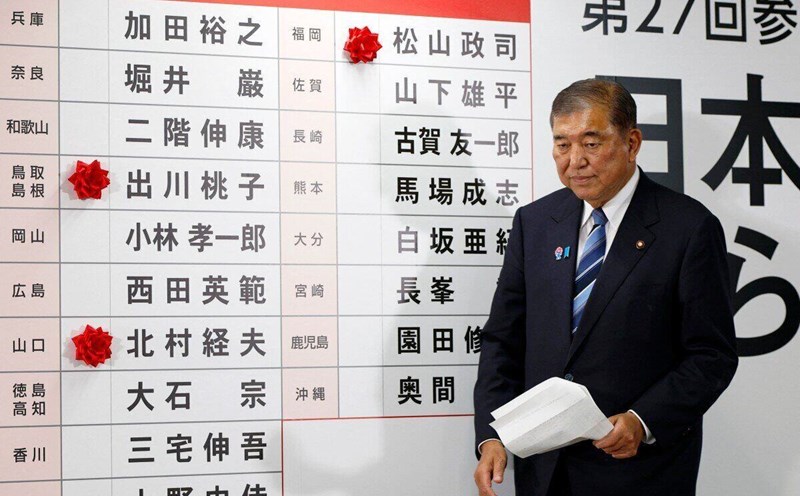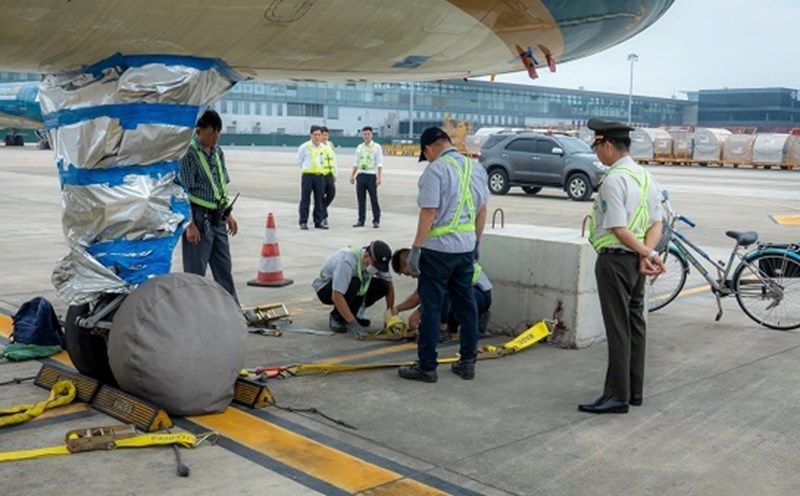The Japanese Senate election on July 20 marked a clear advance for the Sanseito Party when it won 14 new seats, bringing the total number of Senate representatives to 15.
This is a significant step forward for a party that had only won one Senate seat three years ago.
The rise of the Sanseito party reflects the increasingly widespread dissatisfaction in Japanese society, in the context of stagnant economy, Yen depreciation and escalating prices due to the sharp increase in foreign tourists.
Although immigrants only make up about 3% of the population, this problem still raises concerns in a rapidly aging society, creating conditions for the propaganda of drug addiction to be effective.
The Sanseito Party began to attract attention during the COVID-19 pandemic through activities on the YouTube platform. The Party has shaped its stance with the message of promoting domestic interests, focusing on policies such as tax reduction, increased welfare spending and tightening immigration, while opposing globalization.
Sanseito Party Chairman Sohei Kamiya, 47, who was a teacher and supermarket manager, said he was influenced by the decisive political style of US President Donald Trump. Analysts also found similarities between the Sanseito party and the right-wing popular parties in Europe.
The success of this party is considered a result of the weakening of the ruling coalition led by Prime Minister Shigeru Ishiba.
After losing its majority in the House of Representatives, this alliance not only lost its advantage in the Senate but also created an opportunity for the Sanseito Party to emerge as an alternative to voters who no longer have faith in traditional parties.
With about 400,000 followers on YouTube, the Sanseito Party has effectively taken advantage of this platform to reach out and maintain support from young people.
After the election, the Sanseito party announced that it would focus on building a coalition with small parties and adjust the way policies are communicated to reach voters more widely.











